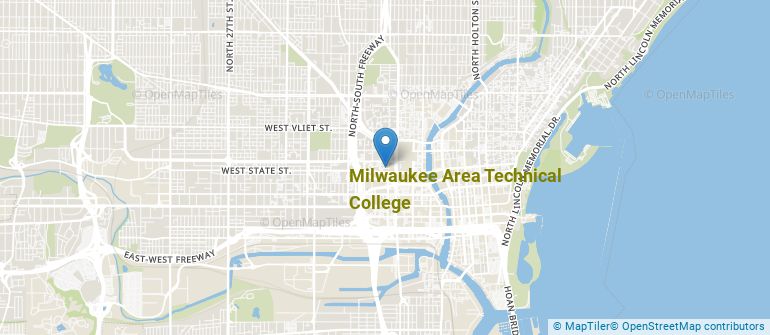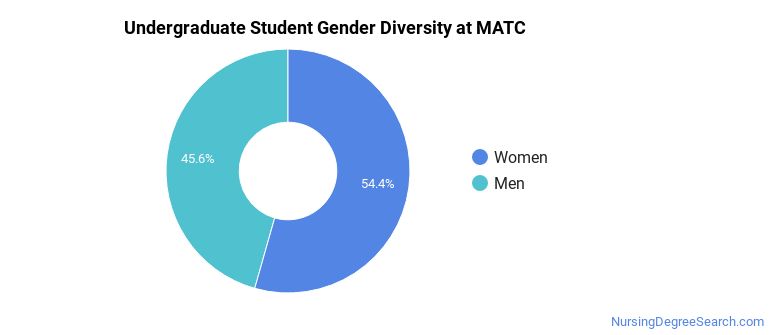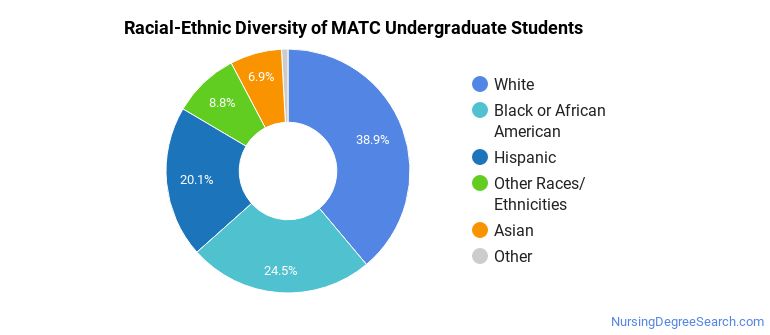Milwaukee Area Technical College Nursing Programs
Milwaukee Area Technical College is a public institution situated in Milwaukee, Wisconsin. The city atmosphere of Milwaukee makes it a great place for students who enjoy having lots of educational and entertainment options.
Where Is Milwaukee Area Technical College?

Contact details for MATC are given below.
| Contact Details | |
|---|---|
| Address: | 700 W State St, Milwaukee, WI 53233-1443 |
| Phone: | 414-297-6282 |
| Website: | www.matc.edu |
How Do I Get Into MATC?
You can apply to MATC online at: https://www.matc.edu/apply/
Can I Afford Milwaukee Area Technical College?
Student Loan Debt
Almost 66% of college students who graduated with the class of 2018 took out student loans, but that percentage varies from school to school. At MATC, approximately 35% of students took out student loans averaging $5,380 a year. That adds up to $21,520 over four years for those students.
Milwaukee Area Technical College Undergraduate Student Diversity

Gender Diversity
Of the 3,616 full-time undergraduates at MATC, 46% are male and 54% are female.

Racial-Ethnic Diversity
The racial-ethnic breakdown of Milwaukee Area Technical College students is as follows.

| Race/Ethnicity | Number of Grads |
|---|---|
| Asian | 248 |
| Black or African American | 887 |
| Hispanic or Latino | 726 |
| White | 1,406 |
| International Students | 31 |
| Other Races/Ethnicities | 318 |
Over 40 countries are represented at MATC. The most popular countries sending students to the school are Nigeria, Saudi Arabia, and Vietnam.
Milwaukee Area Technical College Nursing Concentrations
The table below shows the number of awards for each concentration.
| Major | Basic Certificate | Associate’s | Undergraduate Certificate | TOTAL |
|---|---|---|---|---|
| Nursing Assistant/Aide and Patient Care Assistant/Aide | 155 | 0 | 0 | 155 |
| Licensed Practical/Vocational Nurse Training | 0 | 0 | 123 | 123 |
| Registered Nursing | 0 | 79 | 0 | 79 |
| TOTAL | 155 | 79 | 123 | 357 |
References
*The racial-ethnic minorities count is calculated by taking the total number of students and subtracting white students, international students, and students whose race/ethnicity was unknown. This number is then divided by the total number of students at the school to obtain the racial-ethnic minorities percentage.
More about our data sources and methodologies.
